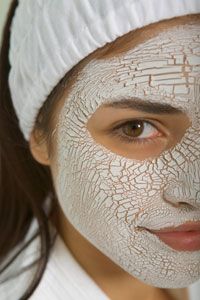To those that have it, cellulite can feel like a hideous monster has crept across their skin, leaving behind a trail of grotesque evidence. At its best, this trail looks like an orange peel. At its worst, it looks like cottage cheese. In either case, it can make its victims feel self-conscious, frustrated and desperate for a cure.
Despite its popular definition as skin that looks like cottage cheese, cellulite is actually fat cells that sit under the skin. Even if cellulite makes you feel like a victim, it has no affect on your health. It is a purely cosmetic issue that affects 90 percent of post-pubescent women [source: Doheny].
Advertisement
Cellulite is so common in women that many dermatologists consider it a secondary sex characteristic [source: Wanner]. In other words, almost every woman has it, skinny or obese. After puberty, the female hormone estrogen triggers the woman's body to store extra fat for pregnancy. Typically, that added fat appears in the buttocks, thighs, hips and lower abdomen (areas that naturally store fat). But it can also show up under the arms, in the breasts and even in the nape of the neck [source: AAD].
In 2008, women dropped $47 million on cellulite-reduction products. Yet those same women only showed a 25 percent to 50 percent improvement, and even that was short-lived [source: Saint Louis].
To be clear, there is no cure for cellulite. While there are a number of treatments that attempt to tackle the appearance of cellulite, the results vary -- and they're not permanent. But there are things, like lifestyle changes, that will make it less obvious. Read on to find out what you can do to treat your cellulite. First, discover the potential causes of cellulite to understand how treatment might work.
Advertisement

